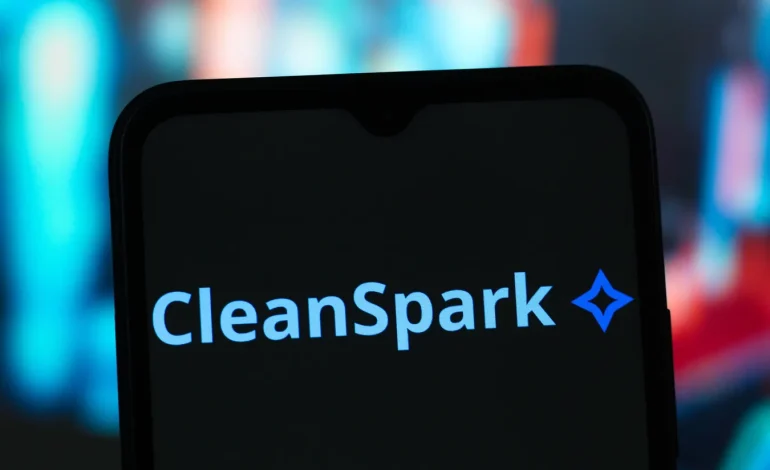The original story by for Coin Central.
CleanSpark is elbowing into the AI buildout with a win in Cheyenne, Wyoming: a 100-megawatt site the company says it secured by moving faster than Microsoft. The plan is to stand up high-density, liquid-cooled AI data centers on the property while keeping its bitcoin mining business humming in parallel.
CEO Matt Schultz framed the victory as a construction footrace, not a balance-sheet contest.
“We scaled a 100-megawatt bitcoin mining facility in six months,” he said.
Schultz argued that the same deployment muscle — energizing substations, laying power infrastructure, and getting racks online — gave CleanSpark the edge in Cheyenne.
To make the AI pivot stick, CleanSpark has teamed with Submer to roll out liquid-cooled campuses across North America, leaning on land and power it already controls. It’s the core of a strategy Schultz calls “monetizing megawatts”: use mining to rapidly stand up infrastructure where power is available, then shift select capacity to AI workloads for steadier, long-term returns. The company says it can throttle mining during grid emergencies and hand megawatts back within an hour — something AI clusters can’t do without disrupting performance. During Hurricane Helene, CleanSpark redirected power to help a Georgia hospital, a flex it points to as proof of grid agility.
Scale is the other part of the pitch. CleanSpark operates about 1.03 gigawatts today and targets 1.7 gigawatts, giving it a pipeline of sites that can be repurposed for AI as demand ramps. The crypto side isn’t going anywhere; mining remains a “terrific” contributor even after April’s halving trimmed bitcoin rewards. Financially, the company reports $198.6 million in fiscal Q3 2025 revenue, up nearly 91% year over year, and holds 12,703 bitcoin on its books.
Cheyenne is a natural fit: power access, land, and substation capacity are already in place — exactly the bottlenecks stalling many AI builders. Schultz also points to Atlanta as a fast-rising AI hub, second only to Northern Virginia on the East Coast, and a template for how CleanSpark wants to scale: build quickly where the electrons already are, then convert energy into compute at speed.
In a market where time-to-power is the currency, CleanSpark just proved that beating Big Tech can be a matter of who flips the switch first.









The latest news in your social feeds
Subscribe to our social media platforms to stay tuned